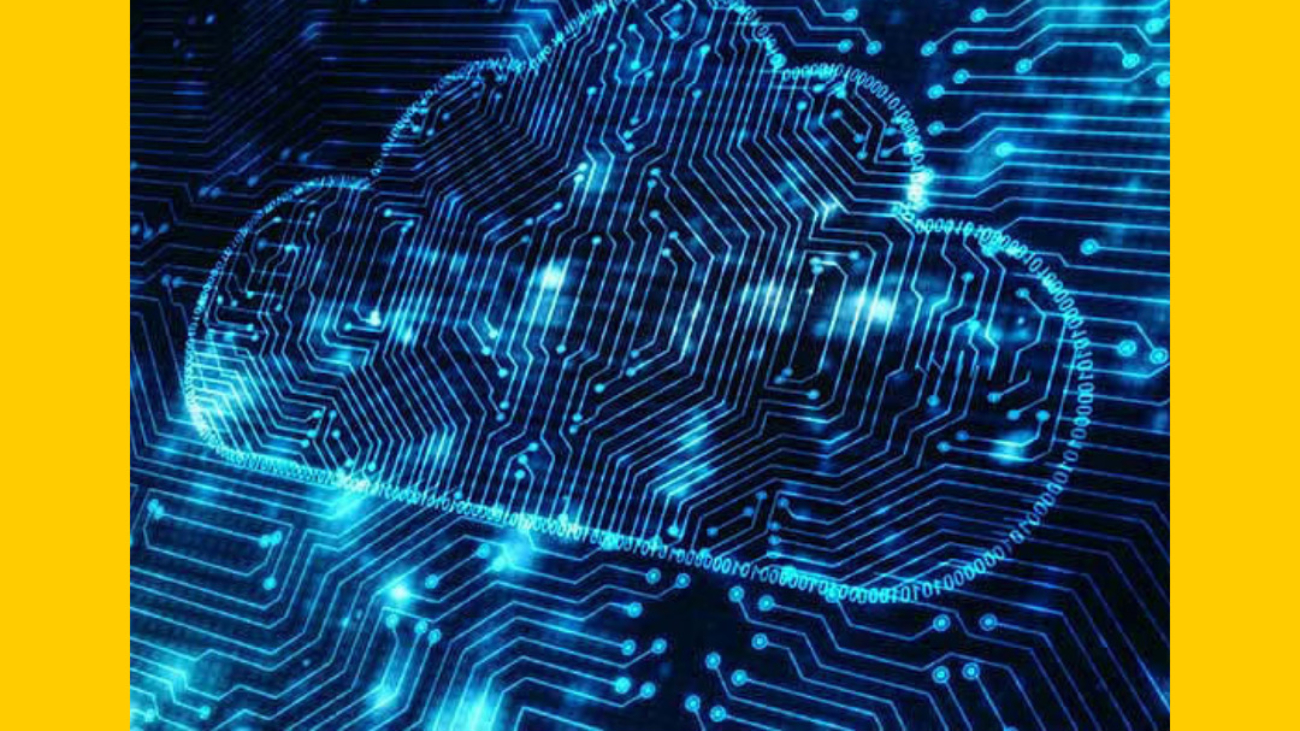Remote work has been on the rise for several years now, but the COVID-19 pandemic has accelerated its adoption at an unprecedented pace. Thanks to advances in technology, remote work has become a viable option for millions of workers around the world. But what does the future of remote work look like? In this article, we’ll explore how technology is changing the way we work, and what we can expect in the years to come.
One of the biggest advantages of remote work is flexibility. With the right tools, workers can work from anywhere, at any time. This means they can better manage their work-life balance, and avoid the daily commute. In addition, remote work can help companies save money on rent and other office expenses.
But remote work also presents new challenges, such as maintaining communication and collaboration between team members who may be scattered across different locations. This is where technology comes in. Collaboration tools such as Slack, Zoom, and Trello can help teams stay connected and work together seamlessly, no matter where they are located.
Another important aspect of remote work is data security. When employees work from home, they are accessing sensitive company data from their personal devices and home networks. This presents a significant risk to the security of that data. To address this challenge, companies can use tools such as virtual private networks (VPNs), two-factor authentication (2FA), and encryption to secure their data and prevent unauthorized access.
The future of remote work is likely to be a hybrid of in-office and remote work. Companies are beginning to realize the benefits of a flexible work environment, and are exploring ways to incorporate remote work into their business models. This could include offering employees the option to work from home a few days a week, or using a distributed workforce to tap into global talent.
In conclusion, remote work is here to stay, and technology is playing a key role in its evolution. As we look to the future, it’s clear that the way we work is changing, and those who are able to adapt and embrace these changes will be best positioned to succeed.










